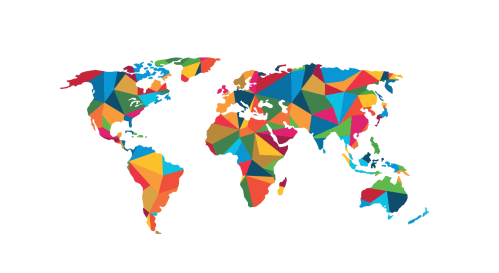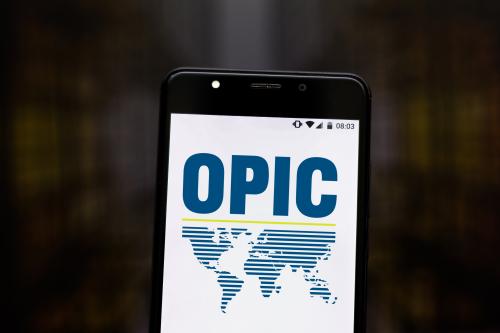President Barack Obama entered the Oval Office in 2009 with a commitment to open government. As a freshman senator he sponsored legislation requiring transparency in government; he campaigned on open government; and, on day one in the Oval Office, he signed an executive order on open government.
Openness is not natural behavior for a bureaucracy, neither in the government nor the private sector. Staff is too busy carrying out normal duties and there is the fear that outsiders will disagree or misrepresent information. In addition, consultations with interested but external parties consume valuable time. Transparency is a typical case of NIMBY—“good for others but I don’t have the time or need.” However, this attitude may be changing in U.S. foreign assistance policymaking.
There have been a few past forays into transparent policymaking. In the late 1990s the Europe and Eurasia Bureau at the U.S. Agency for International Development (USAID) decided to write a strategy on small and medium enterprises (SMEs) in Central and Eastern Europe and the former Soviet Union. Instead of working behind closed doors, it invited some 35 individuals from organizations working in the SME arena to a meeting to help identify major issues. Following that conversation, the Bureau hosted an online discussion on the key topics with eventually some 250 participants, drafted a strategy, put the draft out for comment and then, afterwards, finalized the strategy. The result of this process was a better informed strategy that had community support. The big lesson here was that process matters.
In 2010, following President Obama’s speech in Cairo, USAID was tasked with drafting a U.S. government policy guidance document on youth. After the policy was drafted and went through the interagency process, USAID invited some 50 knowledgeable people from the development community to a half-day discussion of the draft policy. Pursuant to the comments, USAID not only made several significant adjustments to the policy but also made public the summary notes from the meeting.
In recent years the Millennium Challenge Corporation (MCC) has significantly raised the bar for transparency—making public the criteria and data for selecting eligible countries and for its principal analytic methodologies. It also has been more open than other agencies in its policymaking process; for example, the MCC consulted outside experts when drafting its gender policy.
Now USAID has joined the new, more transparent world in a way that should be hailed. This move should become the standard practice in policymaking. In 2010, USAID, under the leadership of its new Bureau for Policy Planning and Learning (PPL), decided to draft a series of strategies and policy statements. The latest, a policy on urban services now in its final stages, has followed a process of transparency and openness that should become the model.
Early in 2012 PPL decided to write a policy to guide USAID involvement in urban services. It brought on an expert in the subject matter for two years to assist in the process. By the summer PPL staff decided to make urban services a candidate for a more open process and by the fall had agency leadership buy-in. In early 2013, before beginning to draft the document, PPL commenced a consultative process that included discussion sessions at the Woodrow Wilson Center, InterAction, the Professional Services Council, interagency and with staff at USAID missions. PPL staff then began to draft the policy in an iterative process that involved going back to the interested community to update them on progress and pose questions.
In March 2013, USAID put the draft policy out for public comment, not just to those individuals and organizations that had been involved in the formal consultations, but also to the 227,000 USAID Twitter followers and other social media venues. And, it appears that USAID is listening. USAID has scheduled several public sessions to continue the comment period this month. Today (April 10) I attended the session at InterAction. PPL staff presented a summary of the more than 100 responses from the online consultations that identified critiques of the draft policy’s strength and weakness. That summary was followed by an hour discussion that solicited a number of suggestions.
This deliberative process of policy formulation should result in a policy that is better informed and has broad buy-in. This method should be the template for USAID policymaking moving forward and the standard to which the agency should hold itself accountable. This process would best be institutionalized in formal guidelines on policymaking.


Commentary
USAID Sets Model for Transparent Policymaking
April 10, 2013